Data Lake Explained: A Comprehensive Guide to Its Architecture and Use Cases
AltexSoft
AUGUST 29, 2023
In 2010, a transformative concept took root in the realm of data storage and analytics — a data lake. The term was coined by James Dixon , Back-End Java, Data, and Business Intelligence Engineer, and it started a new era in how organizations could store, manage, and analyze their data. What is a data lake?


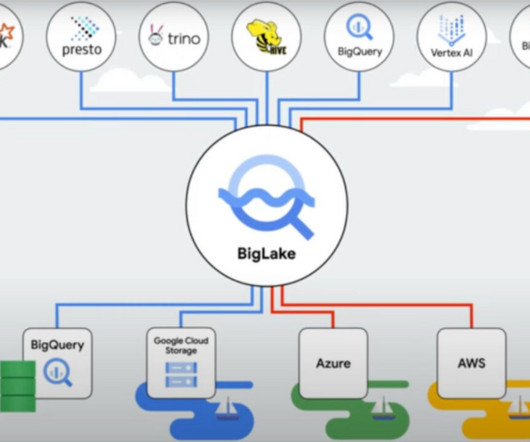
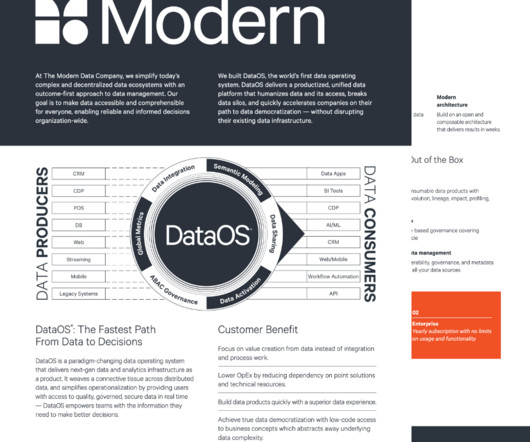




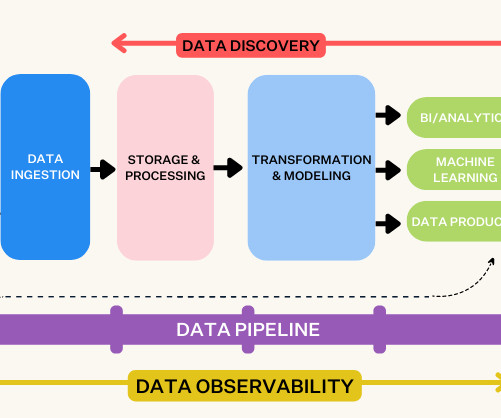
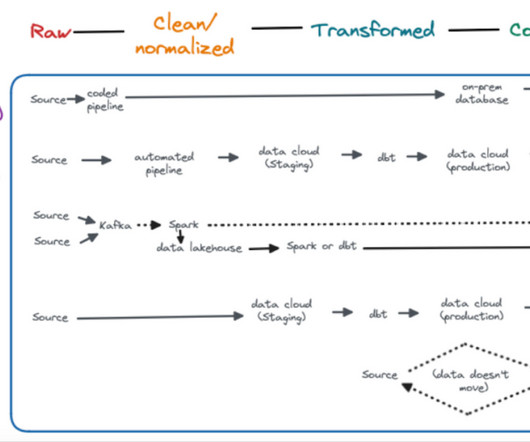



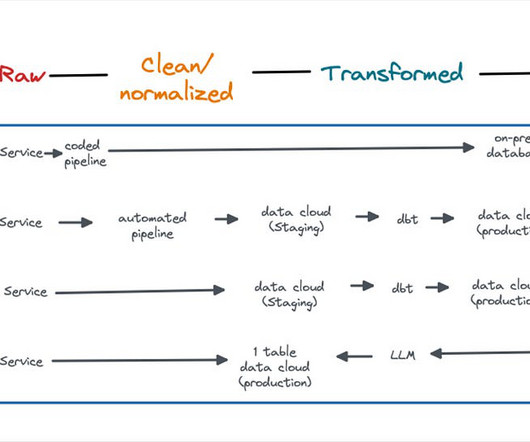
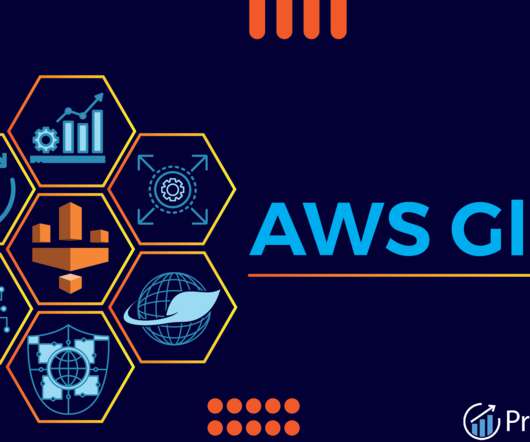












Let's personalize your content